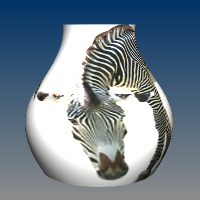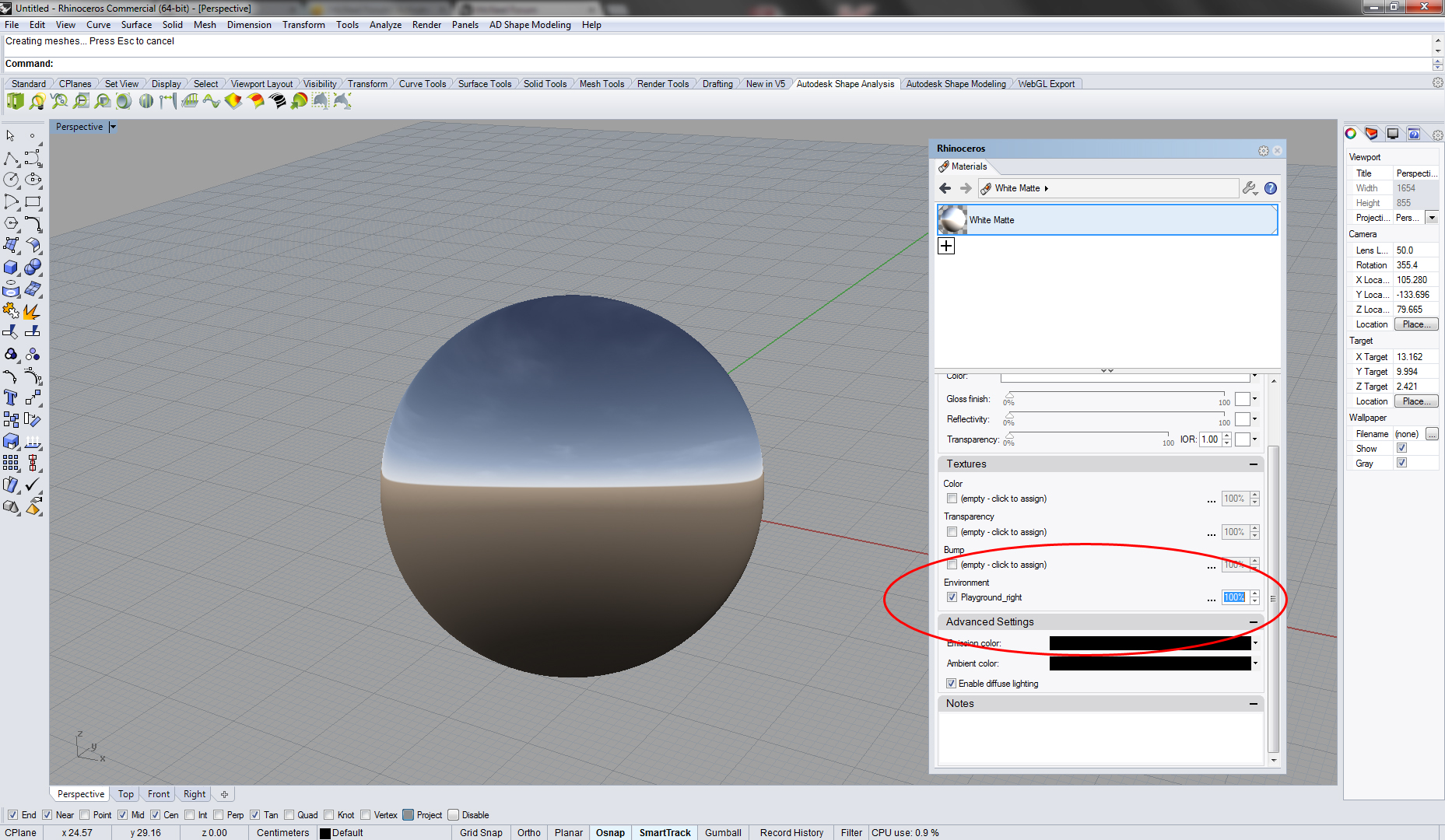

Using Downloaded MaterialsĪssuming you found an online library source, like this one, and downloaded a library of textures, what would you get? A compressed (probably "zipped") folder containing more folders with image, bump, and related files, organized into collections to represent various materials. Remember this, because you'll need to change this path setting. However, you can type in the file path when you need to, and Windows (and programs) will find files and folders along this path. If you try to find this folder in Windows Explorer by navigating from the 'My Computer" window, you won't see a ProgramData folder! This is a special hidden folder in Windows (don't ask me why). However, note the file path shown at the top of the dialog box.

It is much easier to build up (or purchase) one or more libraries of favorite material definitions, then use them for routine materials (concrete, brick, etc.) while defining unique "specimen" textures (client artwork, adjacent buildings, etc.) for particular projects. Material Librariesĭefining your own materials, for each rendering project, would be tedious and error-prone. From this foundation it is easy to imagine a collection of useful textures stored in libraries. vismat file by right-clicking on the name in the Material Editor and selecting "Export" from the popup. Note that it images are stored "by reference" (file paths, not file contents), but the plug-in is fairly flexible about resolving names and finding the right file, so a modest amount of care should allow you to build up a collection of your own, and move it from place to place. It is convenient to be able to save these separately from the geometry of the model.

TAPESTRY: The Art of Representation and Abstraction Material/Texture LibrariesĪ "V-Ray Material" consists of a bunch of settings, scaling values, file names, colors, etc.


 0 kommentar(er)
0 kommentar(er)
